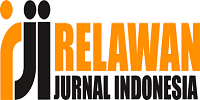Pengembangan Bahan Ajar Mata Kuliah Aqidah untuk Mahasiswa Pendidikan Guru Madrasah Ibtidaiyah Universitas Muhammadiyah Riau
DOI:
https://doi.org/10.46963/mpgmi.v9i1.820Keywords:
Development, Teaching Materials, Aqidah, R2D2 ModelAbstract
The PGMI study program is a study program that produces prospective teacher graduates who have competency standards at the Madrasah Ibtidaiyah Teacher Education School. Based on the agreement with stakeholders who will later use PGMI graduates, then one of the competencies that must be mastered by a prospective MI teacher is the maturity of knowledge of Islamic Aqidah. This is due to the findings of several teachers at the MI School forbidding Islamic values that mix with superstition, bid'ah and superstition. This of course has a negative impact on the students' Aqidah, keeps them away from Allah's mercy, even without realizing that these actions can expel them from their Islam. The problem encountered in the learning process is that the number of special textbooks (primary books) that discuss Aqidah courses in accordance with the syllabus does not yet exist, there are only supporting books (secondary books) whose material is separate and independent from each sub-subject. teaching materials. To overcome this problem, it is necessary to develop a teaching material book (primary book) based on the needs and characteristics of students. To make the teaching material book, there will be a lot of material from existing secondary books and which have been used as learning resources for secondary students. This teaching material research was developed using the R2D2 Model (Reflective, Recursive, Design, and Development). In fact, it gave birth to a reference book for teaching materials with an ISBN.
Downloads
References
Degeng, & Sudana, N. I. (1988). Pengorganisasian Pengajaran Teori Elaborasi dan Pengaruhnya Terhadap Perolehan Belajar Informasi Verbal dan Konsep. Malang: Universitas Negeri Malang.
Deprizon, & Wismanto. (2021). Aqidah Cahaya Firdaus. Pekanbaru: Kreasi Edukasi.
Hasan, Wismanto Abu. (2016). Kitabuttauhid Esa-kanlah Aku. Pemalang: Naasya Expanding.
Hasan, Wismanto Abu. (2017). Berkenalan Dengan Malaikat. Pekanbaru: Kreasi Edukasi.
Hasan, Wismanto Abu. (2018). Imam Kepada Hari Akhir. Pekanbaru: Kreasi Edukasi.
Mulyasa, & Enco. (2006). Menjadi GUru Profesional : Menciptakan Pembelajaran Kreatif dan Menyenangkan . Bandung: PT Remaja Rosdakarya.
Mustaji. (2009). Desain Pembelajran: Teori dan Implementasi Model Pembelajaran Berbasis Masalah dengan Pola Kolaborasi (Model BPMPK). Surabaya: Unesa University Press.
Sumber : Bahan Kajian dan matrik PGMI UMRI 2020
Sugiyono. (2008). Metode Penelitian Kuantitatif, Kualitatif dan R & D. Bandung: Alfabeta.
Undang-undang Nomor 14 tahun 2005 tentang Guru dan Dosen Pasal 1.
Willis, J. W. (1995). A Reflective Recursive Instructional Design Model Based on Constructivist Interpretivist Theory. Educational Technology, 5-23.
Willis, J., & Kristen, W. (2000). A General Set of Procedur for Constructivist Instructional Design The New R2D2. Educational Technology, 5-20.
Wismanto. (2021). Pembelantukan Awal Generasi Mukmin dalam Al-Qur'an Hadits dan Implikasinya pada Siswa Sekolah Dasar Islam Terpadu Imam Asy-Syafii Pekanbaru. Jurnal Magistra.
Wismanto Abu Hasan. (2018). Huru Hara Hari Kiamat. Pekanbaru: Kreasi Edukasi.
Downloads
Published
Issue
Section
License
Copyright (c) 2023 Wismanto Wismanto, Nova Yanti, Yapidus Yapidus, Hamdi Pranata, Deprizon Deprizon

This work is licensed under a Creative Commons Attribution-ShareAlike 4.0 International License.
Authors who publish with this journal agree to the following terms:
1. Copyright on any article is retained by the author(s).
2. The author grants the journal, right of first publication with the work simultaneously licensed under a Creative Commons Attribution shareAlike 4.0 International License that allows others to share the work with an acknowledgment of the work’s authorship and initial publication in this journal.
3. Authors are able to enter into separate, additional contractual arrangements for the non-exclusive distribution of the journal’s published version of the work (e.g., post it to an institutional repository or publish it in a book), with an acknowledgment of its initial publication in this journal.
4. Authors are permitted and encouraged to post their work online (e.g., in institutional repositories or on their website) prior to and during the submission process, as it can lead to productive exchanges, as well as earlier and greater citation of published work.
5. The article and any associated published material is distributed under the Creative Commons Attribution-ShareAlike 4.0 International License

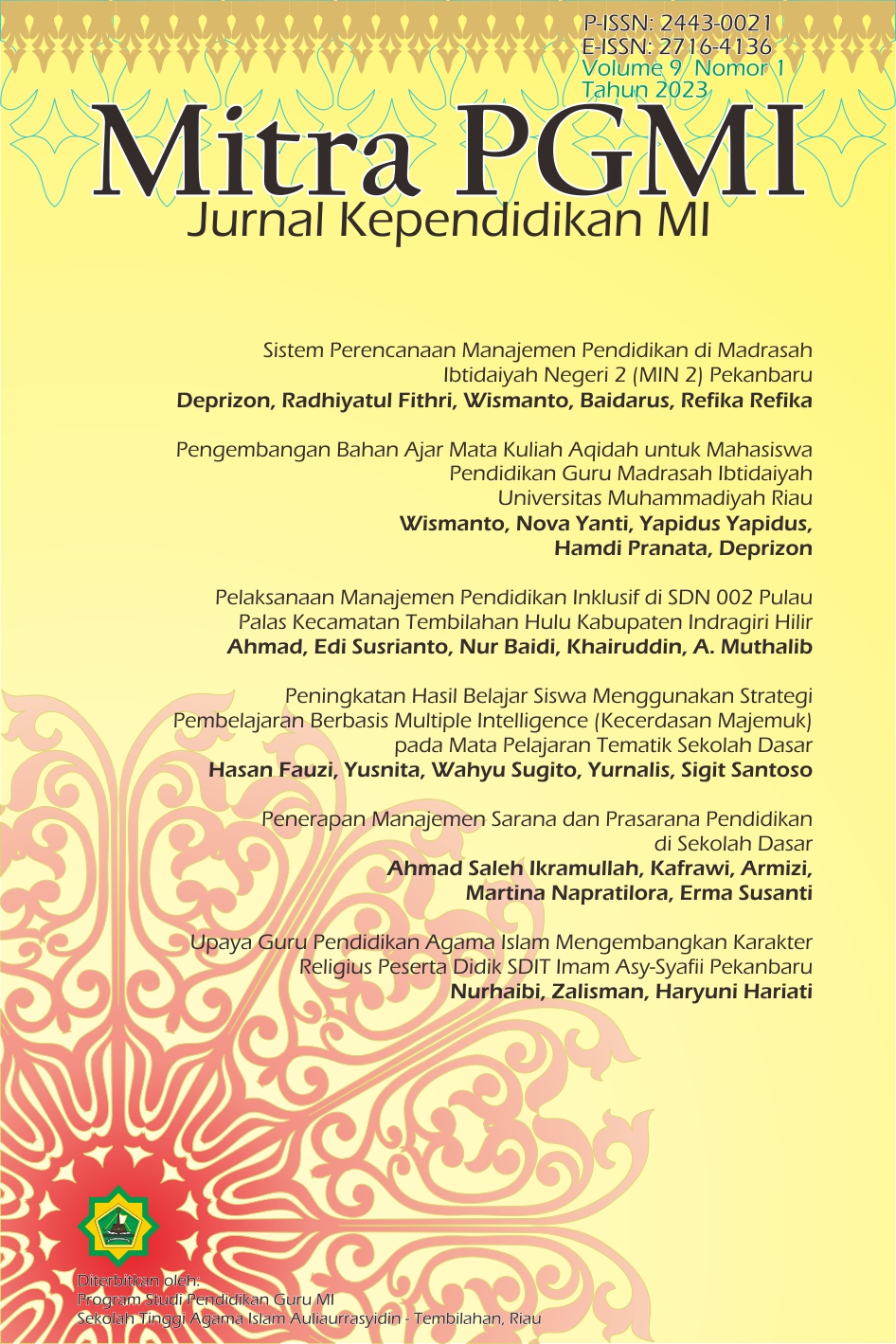
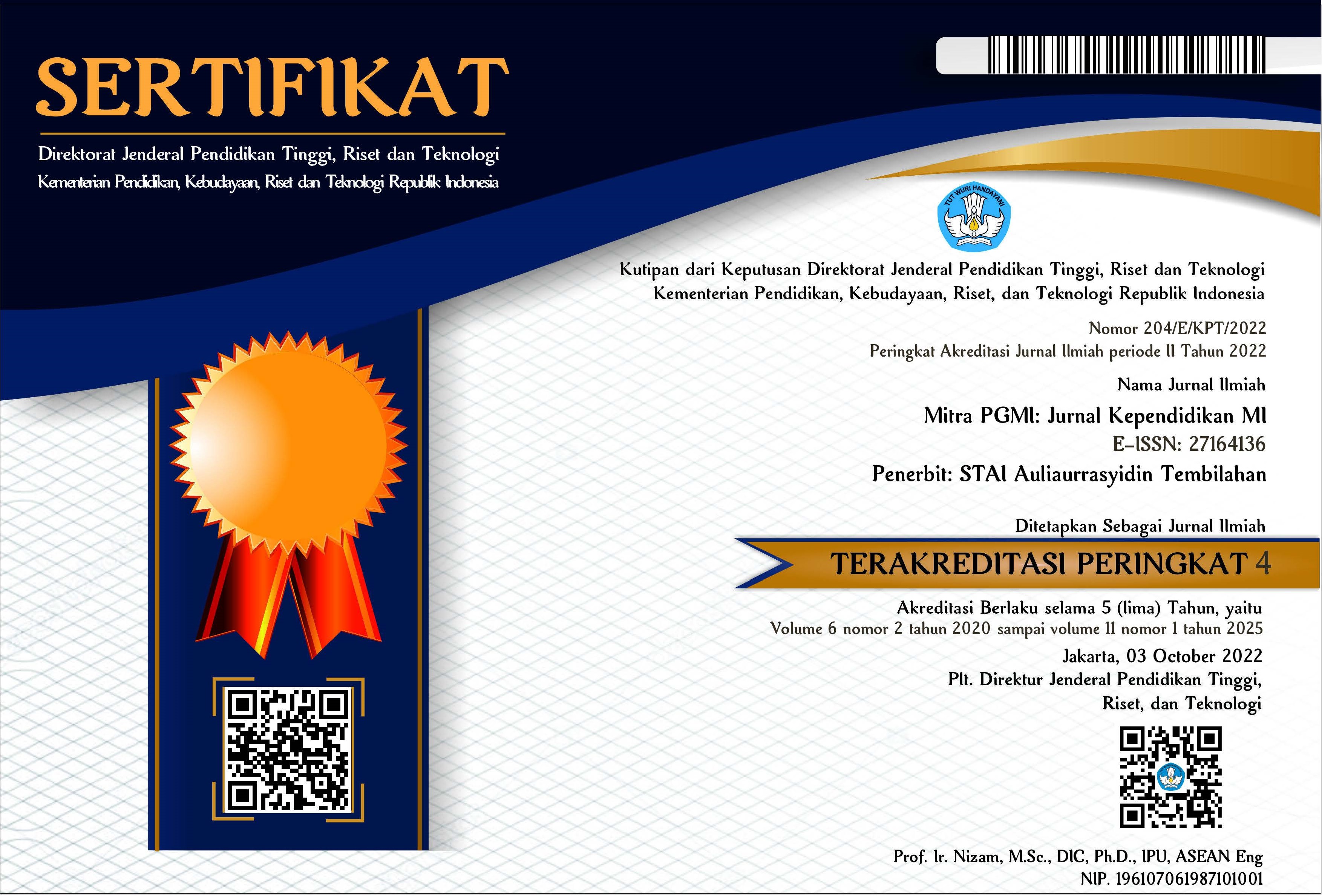

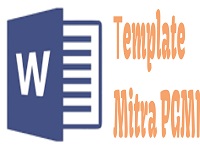

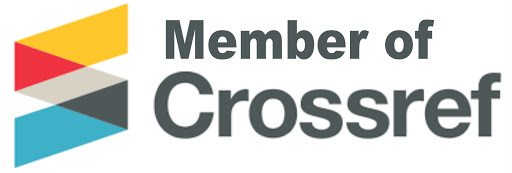
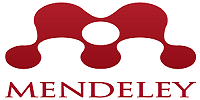
2.png)
